Got a sun-kissed glow that’s more burn than bronzed? You’re not alone! UV damage can leave your skin looking dull, dry, and prematurely aged. But don’t worry, you can turn back the clock with a solid skincare routine. By following the right steps, you can reverse the damage and get your skin looking healthy and radiant again. You’ll learn how to nourish and protect your skin, so it can heal from the harmful effects of the sun.
Table of Contents
Key Takeaways: Steps For A Skincare Routine To Heal Sun-Damaged Skin
To develop an effective skincare routine for healing sun-damaged skin, consider the following points:
- Start with a gentle cleanser that effectively removes dirt and impurities without stripping the skin of its natural oils, helping to soothe and calm irritated skin.
- Incorporate a broad-spectrum sunscreen with a high SPF into your daily routine to prevent further UV damage and promote the healing process of sunburned skin.
- Exfoliate regularly using a chemical exfoliant or a physical exfoliant to remove dead skin cells and promote cell turnover, which can help reduce the appearance of fine lines and wrinkles.
- Use a moisturizer rich in antioxidants and hyaluronic acid to provide long-lasting hydration and protection against environmental stressors that can exacerbate sun damage.
- Consider adding a vitamin C serum to your routine, as it has been shown to help brighten and even out skin tone, while also providing anti-aging benefits.
- In addition to topical products, maintaining a healthy lifestyle through a balanced diet rich in fruits and vegetables, staying hydrated, and managing stress can also support the skin’s natural healing process and improve overall skin health.
- Be patient and consistent with your skincare routine, as healing sun-damaged skin takes time and persistent effort to achieve noticeable improvements in skin texture and appearance.
Understanding Sun-Damaged Skin
Your skin is your largest organ, and it’s constantly exposed to the elements, making it vulnerable to sun damage. When you spend too much time outdoors without proper protection, you’re putting your skin at risk of developing premature aging, wrinkles, and even skin cancer. You might notice that your skin looks dull, leathery, or discolored, which can be a sign of underlying sun damage.
Types of sun damage can vary, and it’s crucial to understand the different types to take the right steps towards healing.
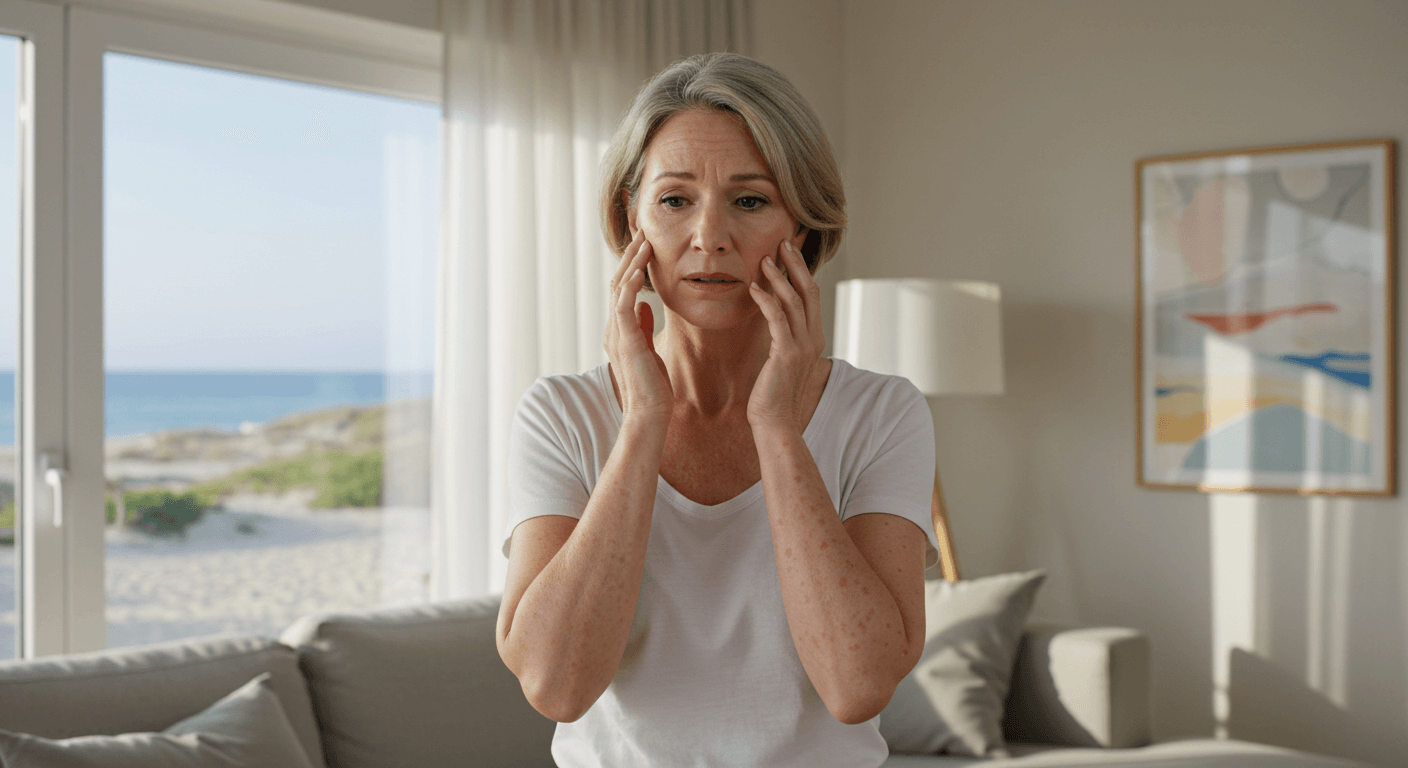
Types of sun damage
You can experience photoaging, which leads to fine lines and wrinkles, or actinic keratosis, which can develop into skin cancer. Here are some common types of sun damage:
- Sunburns: caused by UVB rays
- Photoaging: caused by UVA rays
- Actinic keratosis: a precursor to skin cancer
- Melasma: characterized by hyperpigmentation
- Solar elastosis: leads to skin sagging
Types of sun damage can be categorized into the following table:
| Type of Damage | Description |
|---|---|
| Sunburn | Caused by UVB rays, leading to redness and inflammation |
| Photoaging | Caused by UVA rays, leading to fine lines and wrinkles |
| Actinic Keratosis | A precursor to skin cancer, characterized by rough patches |
| Melasma | Characterized by hyperpigmentation, often caused by hormonal changes |
| Solar Elastosis | Leads to skin sagging and loss of elasticity |
Recognizing the type of sun damage you have is the first step towards healing and prevention.
Factors that contribute to sun damage
Assuming you’re aware of the risks, you can still unintentionally contribute to sun damage. You can experience increased risk of sun damage due to various factors, including:
- Genetics: your family history can play a role in your susceptibility to sun damage
- Geography: living near the equator or at high altitudes increases your exposure to UV rays
- Lifestyle: spending time outdoors without protection or using tanning beds can lead to sun damage
- Medications: certain medications can make your skin more sensitive to the sun
- Aging: as you age, your skin’s natural ability to repair itself slows down
The most important thing you can do is take steps to protect your skin from further damage.
Understanding the factors that contribute to sun damage can help you take preventive measures. You can reduce your risk by being sun-aware and taking proactive steps to protect your skin. Some additional factors to consider include:
- Reflection: be aware of reflective surfaces like <strong.water and sand that can increase your exposure to UV rays
- Cloud cover: up to 80% of the sun’s UV rays can pass through clouds
- Time of day: try to avoid spending time outdoors between 10am and 4pm when the sun’s rays are strongest
- Clothing: wear protective clothing like hats and long-sleeved shirts to cover your skin
- Seek shade: whenever possible, seek shade to reduce your exposure to UV rays
The key to preventing sun damage is to be mindful of your surroundings and take proactive steps to protect your skin.
Preparing for Your Skincare Routine
The first step in creating an effective skincare routine to heal sun-damaged skin is to prepare yourself for the journey ahead. You’ll need to assess your skin type, identify the areas of concern, and gather the necessary skincare products. Clearly, this is a process that requires patience, dedication, and a willingness to make lifestyle changes. As you begin, you’ll want to consider the types of products that will work best for your skin, and this is where the fun begins. You get to explore the world of skincare and find the perfect products to help heal and protect your skin.

The search for the perfect products can be overwhelming, but don’t worry, you’ve got this. As you start your search, you’ll likely come across a multitude of products claiming to have miraculous effects on sun-damaged skin. To help you navigate this process, here are some tips to keep in mind:
Tips for choosing the right products
- Look for products containing SPF to protect your skin from further sun damage.
- Choose products with natural ingredients that promote skin health and healing.
- Be wary of products with harsh chemicals that can irritate your skin and cause more damage.
Any skincare product you choose should be gentle and nourishing, providing your skin with the care it needs to heal and thrive.
Setting realistic expectations
Little by little, you’ll start to notice improvements in your skin as you stick to your skincare routine. Importantly, you should be aware that healing sun-damaged skin takes time, and it’s vital to be patient and not expect overnight miracles. Choosing the right products and following a consistent routine will help you achieve your skincare goals, but it’s also important to maintain realistic expectations and not get discouraged if you don’t see immediate results. As you progress on your skincare journey, you’ll learn what works best for your skin and make adjustments as needed, and this is a positive step towards achieving the healthy and glowing skin you desire.
Step-by-Step Skincare Routine
Unlike other skincare routines, healing sun-damaged skin requires a bit more tender loving care. You’ll need to be gentle, yet consistent in your approach. To help you get started, we’ve broken down the routine into a simple table:
| Product | Purpose |
|---|---|
| Cleanser | To remove dirt and impurities |
| Toner | To balance your skin’s pH |
| Moisturizer | To hydrate and protect your skin |
You’ll notice that exfoliation is not included in this table, and that’s because you should avoid using harsh exfoliants on sun-damaged skin, as they can cause further irritation.
Somewhat surprisingly, the key to healing sun-damaged skin lies in establishing a consistent daily routine. Let’s break it down into morning and evening routines.
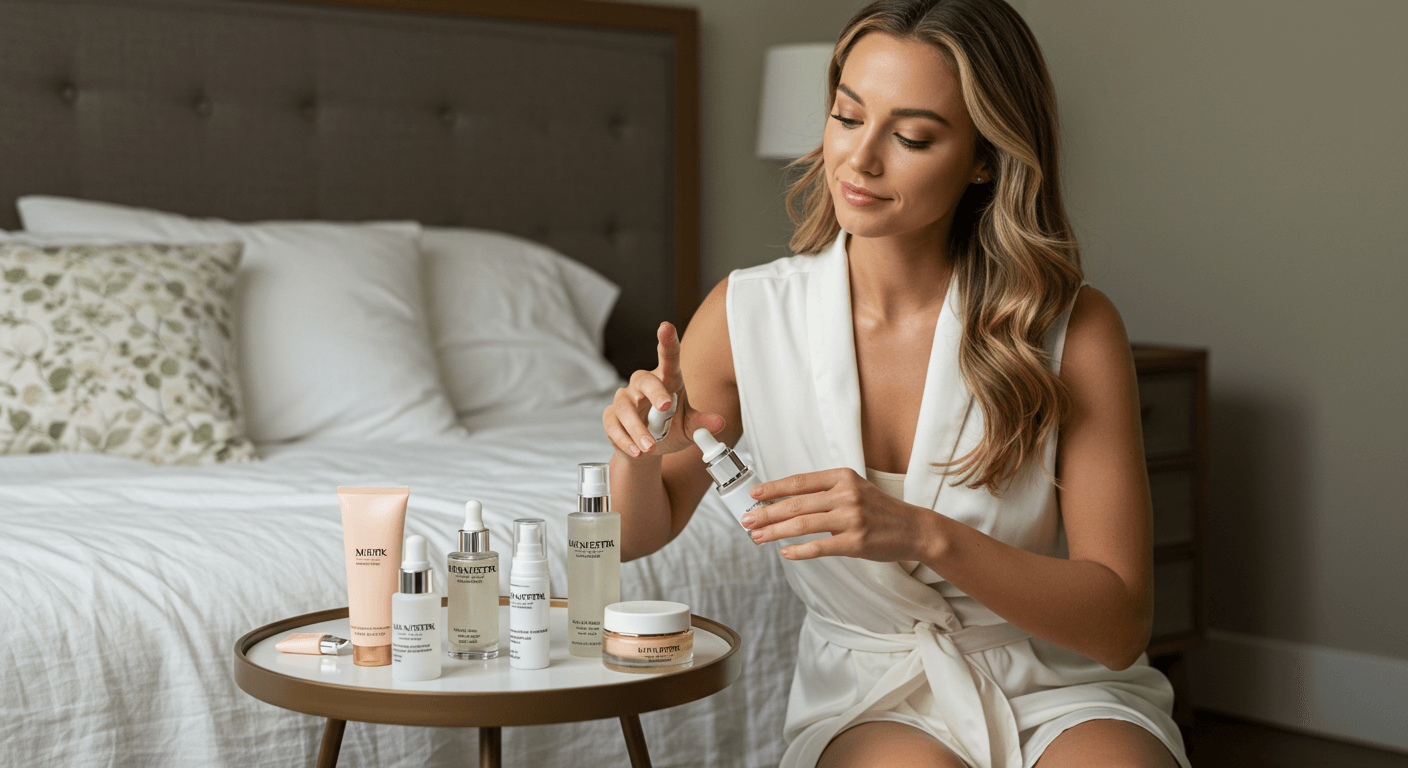
Morning routine
Some of the most effective products for healing sun-damaged skin are those that contain antioxidants and vitamin C. You should apply these products gently, making sure to cover all areas of your face and neck. Be sure to choose a moisturizer that contains SPF, to protect your skin from further damage.
Evening routine
Any skincare routine for healing sun-damaged skin should include a gentle cleanser and a rich moisturizer. You should apply these products liberally, making sure to cover all areas of your face and neck. It’s also highly recommended that you avoid using hot water, as it can strip your skin of its natural oils.
Routine is crucial when it comes to healing sun-damaged skin, and your evening routine is no exception. By sticking to your routine and using the right products, you can significantly improve the appearance of your skin, reducing the visibility of fine lines and wrinkles and leaving your skin looking smooth and radiant. You’ll be amazed at the difference it can make, and you’ll be glad you took the time to invest in your skin’s health. Just remember to be patient, as healing sun-damaged skin takes time and effort. You should also be aware of the dangers of sun-damaged skin, such as skin cancer, and take steps to protect yourself from the harmful effects of the sun.
Additional Tips for Healing Sun-Damaged Skin
Despite your best efforts to protect your skin from the sun, you may still be dealing with the aftermath of sun damage. To help your skin heal, you’ll want to consider a few extra tips. Here are some key things to keep in mind:
- Avoid further sun exposure to prevent more damage
- Use gentle, nourishing products that won’t irritate your skin
- Stay hydrated to help your skin regenerate
You can take these steps to help your skin heal and regenerate, and Perceiving the benefits of these tips will help you stay committed to your skincare routine.

Lifestyle changes
Assuming you’re ready to make some adjustments to your daily routine, you can start by being more mindful of your sun protection habits. You can wear protective clothing, seek shade when spending time outdoors, and avoid spending time in the sun during peak hours. This will help prevent further damage to your skin and allow it to heal. You can also make some dietary changes to help your skin regenerate, such as eating foods rich in antioxidants and omega-3 fatty acids.
Assessing your lifestyle habits will help you identify areas where you can make changes to support your skin health. You can start by keeping a skincare journal to track your progress and identify patterns. This will help you stay motivated and make informed decisions about your skincare routine. By making these lifestyle changes, you can help your skin heal from sun damage and achieve a more radiant and youthful glow.
Product ingredients to look for
Changing your product routine can be overwhelming, but focusing on a few key ingredients can make all the difference. You’ll want to look for products containing retinol, vitamin C, and niacinamide, which can help stimulate collagen production, brighten your skin, and improve skin elasticity. These ingredients can help reverse the signs of sun damage and leave your skin looking smoother and more even-toned.
For instance, using a broad-spectrum sunscreen with an SPF of at least 30 can help protect your skin from further sun damage. You can also look for products containing hyaluronic acid, which can help lock in moisture and soothe dry, damaged skin. By incorporating these ingredients into your skincare routine, you can help your skin heal and regenerate, and achieve a more glowing and healthy complexion. Be careful when using new products, as some ingredients can be irritating or even dangerous if not used properly, so always follow the instructions and patch test before using a new product.
Pros and Cons of Popular Skincare Treatments
For those of you looking to heal sun-damaged skin, there are various skincare treatments available. You’ll want to consider the pros and cons of each treatment before making a decision. Here’s a breakdown of some popular treatments:
| Treatment | Effects |
|---|---|
| Chemical Peels | Exfoliates and brightens skin, but can be irritating for sensitive skin |
| Microdermabrasion | Improves skin texture, but may not be effective for deep scars |
| Laser Therapy | Reduces fine lines and wrinkles, but can be expensive and require multiple sessions |
| Microneedling | Stimulates collagen production, but can be painful and require downtime |
| Facial Massage | Improves skin tone and reduces stress, but may not be effective for severe skin damage |
You’ll notice that each treatment has its own set of pros and cons, and what works for one person may not work for another. It’s important to consult with a dermatologist to determine the best course of treatment for your sun-damaged skin.

Chemical peels and microdermabrasion
Little do you know, chemical peels and microdermabrasion can be great options for those looking to improve the texture and appearance of their skin. Chemical peels use a solution to exfoliate the skin, revealing brighter, smoother skin. Microdermabrasion, on the other hand, uses fine crystals to exfoliate and remove dead skin cells. Both treatments can be customized to your skin type and concerns, making them great options for those with sun-damaged skin. However, it’s important to note that these treatments may not be effective for deep scars or severe skin damage.
Similarly, you’ll want to consider the potential side effects of these treatments, such as irritation and redness. Be sure to follow your dermatologist’s instructions and take necessary precautions to minimize downtime and ensure optimal results.
<h3)Laser therapy and microneedling
Laser-like precision is required when considering laser therapy and microneedling for your sun-damaged skin. Laser therapy uses high-energy light to target and reduce fine lines, wrinkles, and skin discoloration. Microneedling, on the other hand, uses tiny needles to stimulate collagen production and improve skin texture. Both treatments can be highly effective in addressing sun-damaged skin, but may require multiple sessions and can be expensive.
Like a laser beam targeting its mark, you’ll want to precisely consider the potential benefits and drawbacks of these treatments. You’ll want to weigh the potential risks, such as pain and downtime, against the promising results. Skincare enthusiasts will be delighted to know that these treatments can transform their skin, leaving it looking smooth, bright, and radiant. However, it’s important to consult with a dermatologist to determine if these treatments are right for you and to discuss any concerns or questions you may have.
Maintaining Your Progress
Maintaining your progress is just as important as starting your skincare routine to heal sun-damaged skin. Once again, you’ll want to make sure you’re consistent with your skincare routine to see continued improvement. As your skin begins to heal, you may notice a reduction in fine lines and wrinkles, as well as a more even skin tone. To keep your skin looking its best, it’s imperative to continue using high-quality skincare products and protecting your skin from further sun damage.
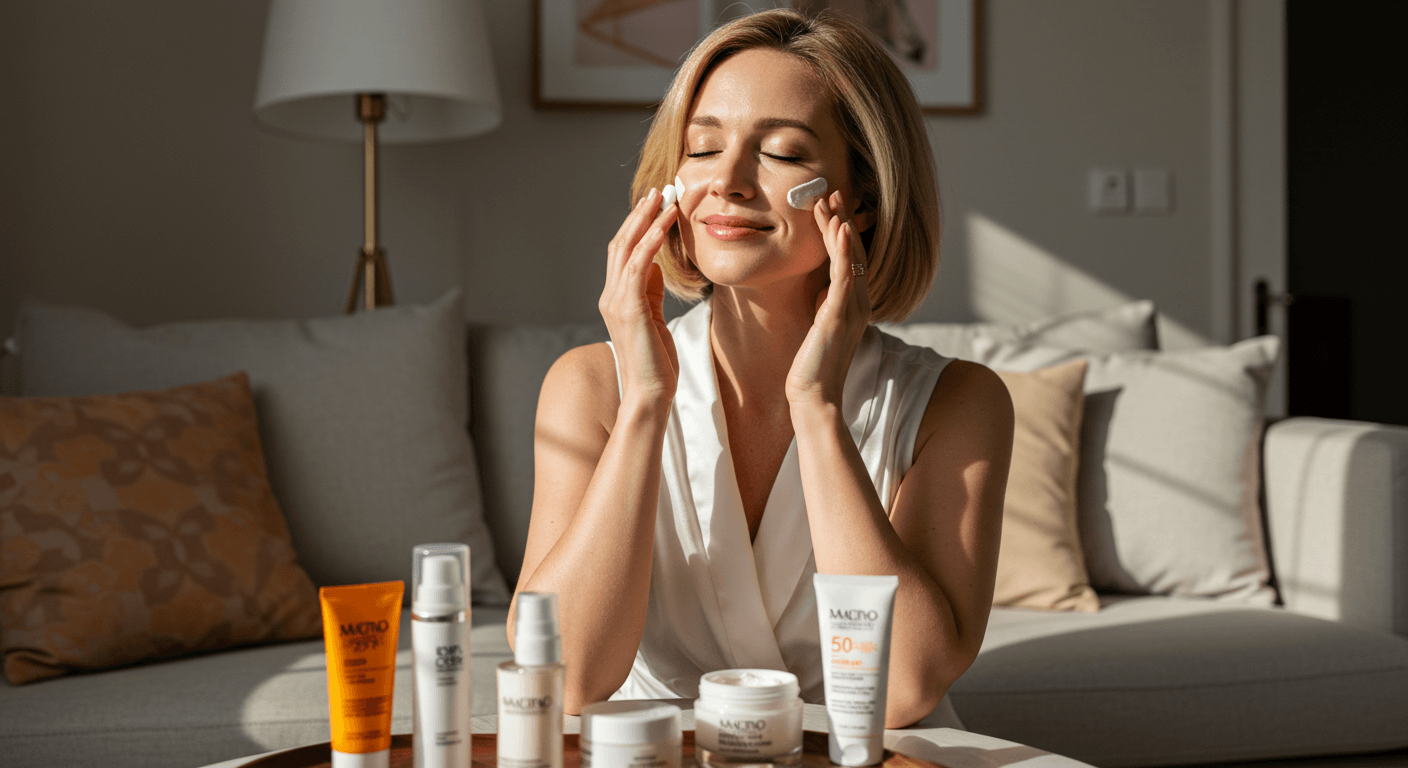
Tips for preventing future sun damage
You can prevent future sun damage by taking a few simple steps. Here are some tips to keep in mind:
- Always wear broad-spectrum sunscreen with a Sun Protection Factor (SPF) of at least 30, even on cloudy days
- Wear protective clothing, such as a hat and long-sleeved shirt, when spending time outdoors
- Seek shade when the sun is strongest, usually between 10am and 4pm
- Avoid tanning beds and artificial sources of UV radiation
After making these simple changes to your daily routine, you’ll be well on your way to protecting your skin from future sun damage and maintaining the progress you’ve made.
How to adjust your routine as your skin heals
Tips for adjusting your routine are key to ensuring your skin continues to heal and improve. Understanding how your skin is responding to products and treatments is vital, as you may need to make adjustments to your routine as your skin heals and becomes more sensitive. You may find that you need to switch to milder products or reduce the frequency of certain treatments to avoid irritating your skin. As you monitor your skin’s progress, you can make informed decisions about how to adjust your routine to achieve the best possible results, and you will be able to enjoy the positive benefits of your skincare routine.
Conclusion
On the whole, taking care of your sun-damaged skin requires patience, dedication, and the right approach. You’ve made it this far, and now you’re equipped with the steps to heal and nourish your skin. As you launch on your skincare journey, you’ll notice improvements over time, and that’s something to get excited about. Your skin will thank you for the extra TLC, and you’ll be rocking a radiant glow in no time. Don’t be discouraged if you don’t see immediate results – healing sun-damaged skin takes time, and it’s necessary to stick to your routine and be consistent.
As you continue on your path to healthier skin, you may want to explore more advanced treatments to tackle those pesky wrinkles and fine lines. You can learn more about How dermatologists treat sun-damaged skin and discover the various options available to you. With the right combination of self-care and professional treatments, you’ll be able to achieve the glowing, sun-kissed skin you’ve always wanted. So, go ahead, take control of your skincare, and get ready to shine – your skin will be looking brighter and healthier in no time, and you’ll be feeling like the best version of yourself!
FAQ:
Q: What are the initial steps I should take to start a skincare routine for healing sun-damaged skin?
A: To initiate a skincare routine aimed at healing sun-damaged skin, start by assessing your skin type and the extent of the damage. This involves identifying any sunspots, wrinkles, or discoloration. Next, cleanse your skin gently with a mild, non-comedogenic cleanser suitable for your skin type, followed by a toner to balance your skin’s pH. Finally, apply a broad-spectrum sunscreen with at least SPF 30 daily, even on cloudy days, as it forms the foundation of any skincare routine, especially for sun-damaged skin.
Q: How can I effectively exfoliate my sun-damaged skin without causing further irritation?
A: Exfoliating is a significant step in removing dead skin cells and promoting new cell growth, which can help in healing sun-damaged skin. For sun-damaged skin, chemical exfoliants containing alpha-hydroxy acids (AHAs) or beta-hydroxy acids (BHAs) are often recommended over physical exfoliants. Apply these products 1-3 times a week, depending on your skin’s sensitivity and the product’s concentration. Always patch test a new exfoliant on a small area of your skin before using it on your face to avoid any adverse reactions.
Q: What role does moisturizing play in healing sun-damaged skin, and how should I choose a moisturizer?
A: Moisturizing is vital for hydrating the skin, which helps in the healing process of sun-damaged skin. When choosing a moisturizer, look for products that are rich in antioxidants, vitamin C, and hyaluronic acid. These ingredients can help in neutralizing free radicals that cause damage, brightening the skin, and locking in moisture, respectively. If your skin is particularly dry or damaged, consider a moisturizer with niacinamide, which can help improve the skin’s barrier function and reduce inflammation.
Q: Are there any specific treatments or products that can target and help reduce the appearance of sunspots and hyperpigmentation associated with sun damage?
A: Yes, several treatments and products can help reduce the appearance of sunspots and hyperpigmentation. Topical creams or serums containing retinol, vitamin C, or hydroquinone can be effective. Retinol helps in cell turnover, vitamin C is a potent antioxidant that can also brighten the skin, and hydroquinone can inhibit the production of melanin, thereby reducing hyperpigmentation. Additionally, professional treatments like chemical peels, microdermabrasion, or laser therapy can provide more intense results but should be done under the supervision of a dermatologist.
Q: How long does it typically take to see improvements in sun-damaged skin, and what factors can influence the rate of improvement?
A: The time it takes to see improvements in sun-damaged skin can vary significantly from person to person, depending on the extent of the damage, the consistency of the skincare routine, and the products used. Generally, noticeable improvements can start to appear within a few weeks to a few months. Factors that can influence the rate of improvement include adherence to the skincare routine, protection from further sun exposure, the use of high-quality, active ingredient-based products, and overall skin health. Maintaining patience and consulting with a dermatologist for personalized advice can also significantly impact the effectiveness of your skincare routine.




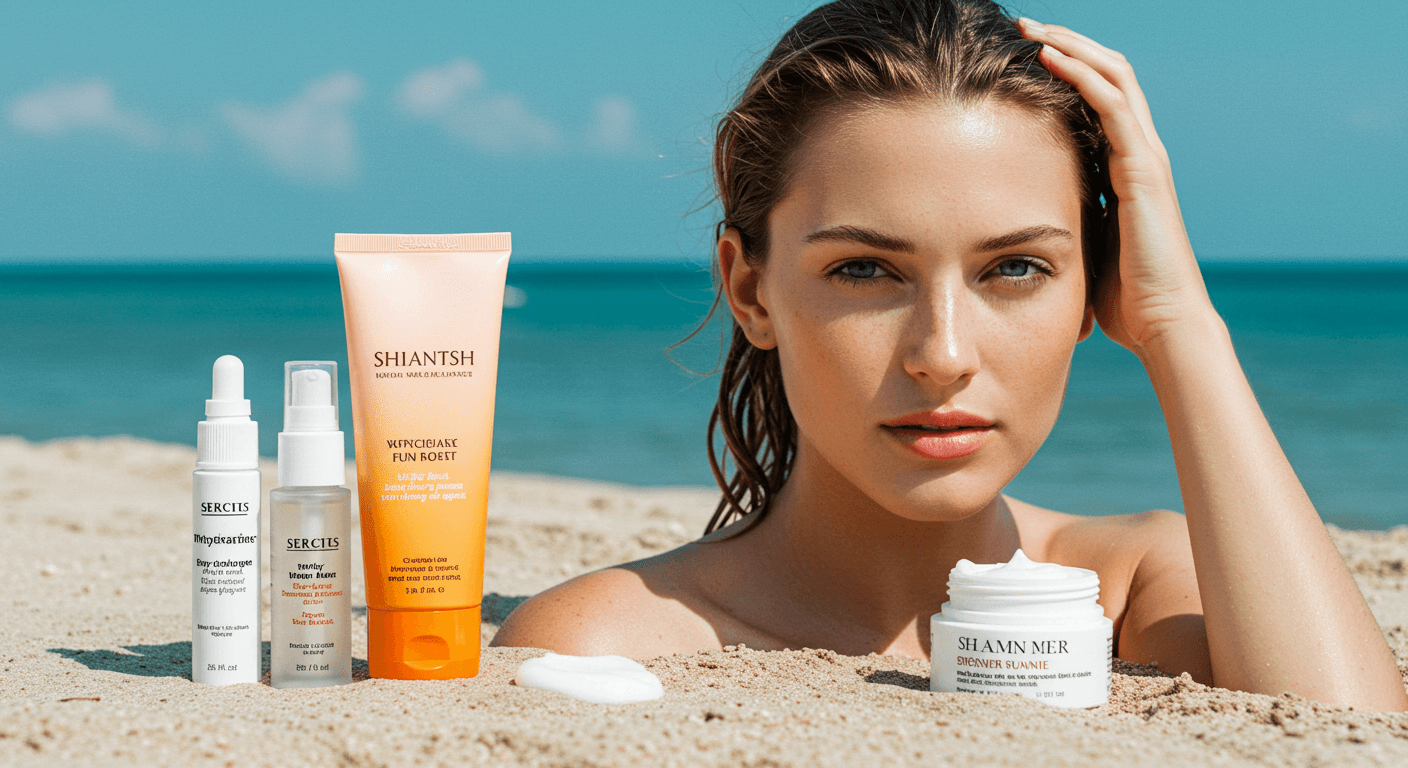
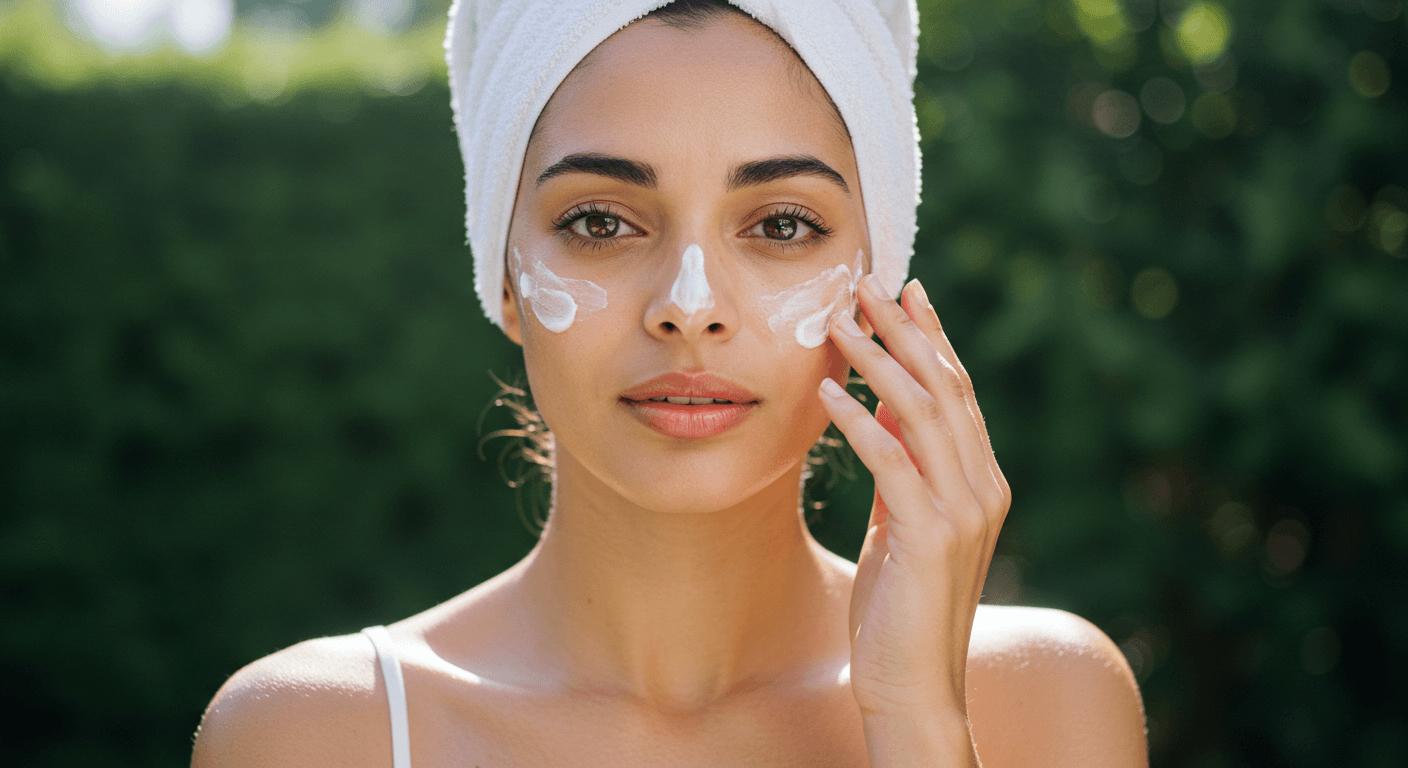

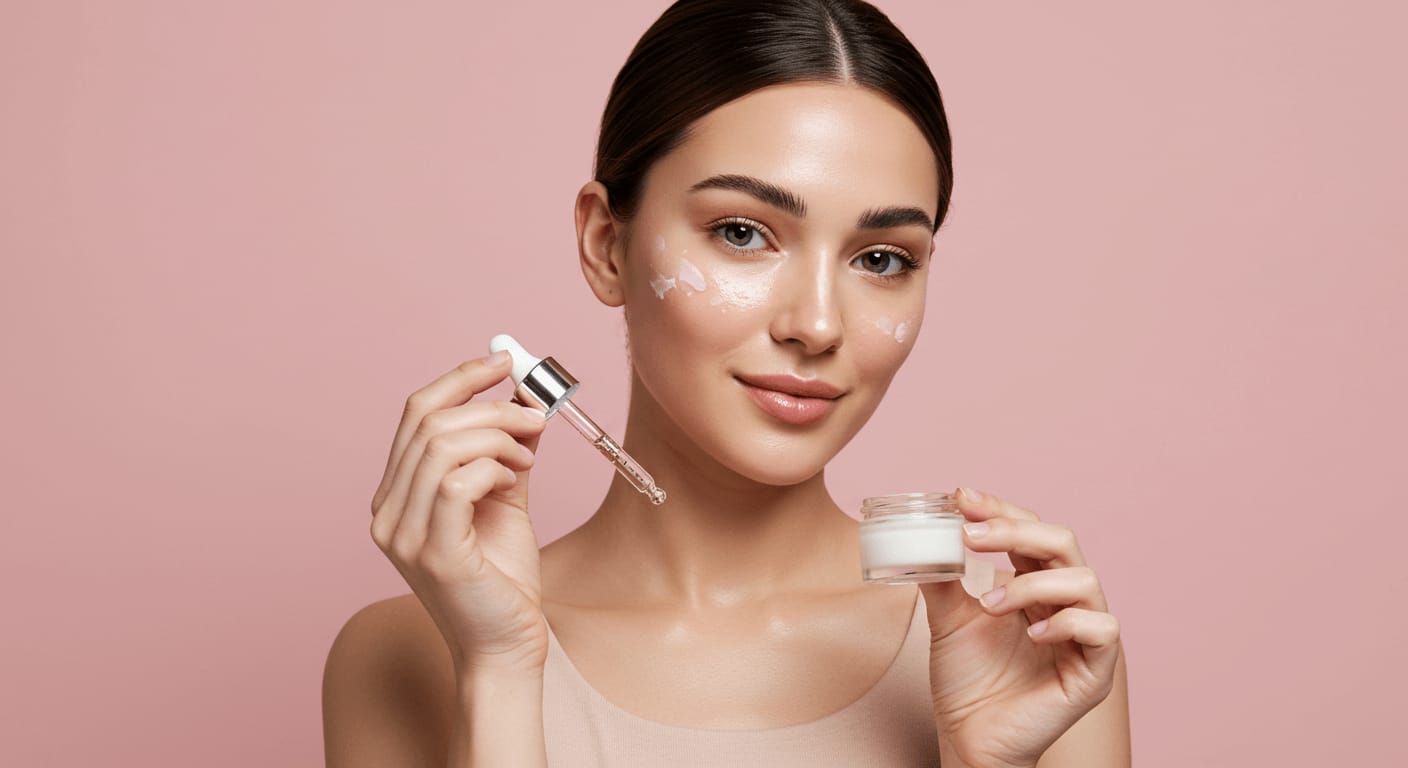

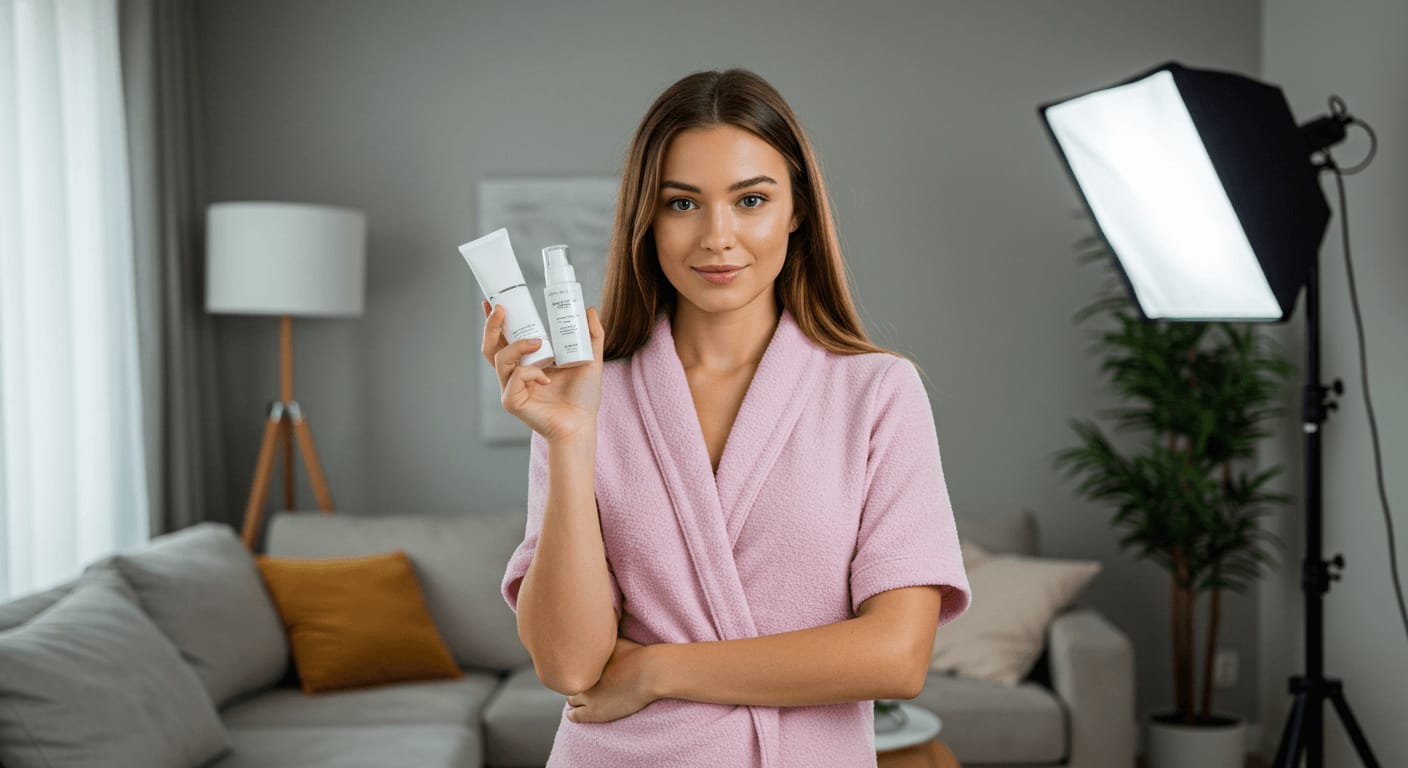

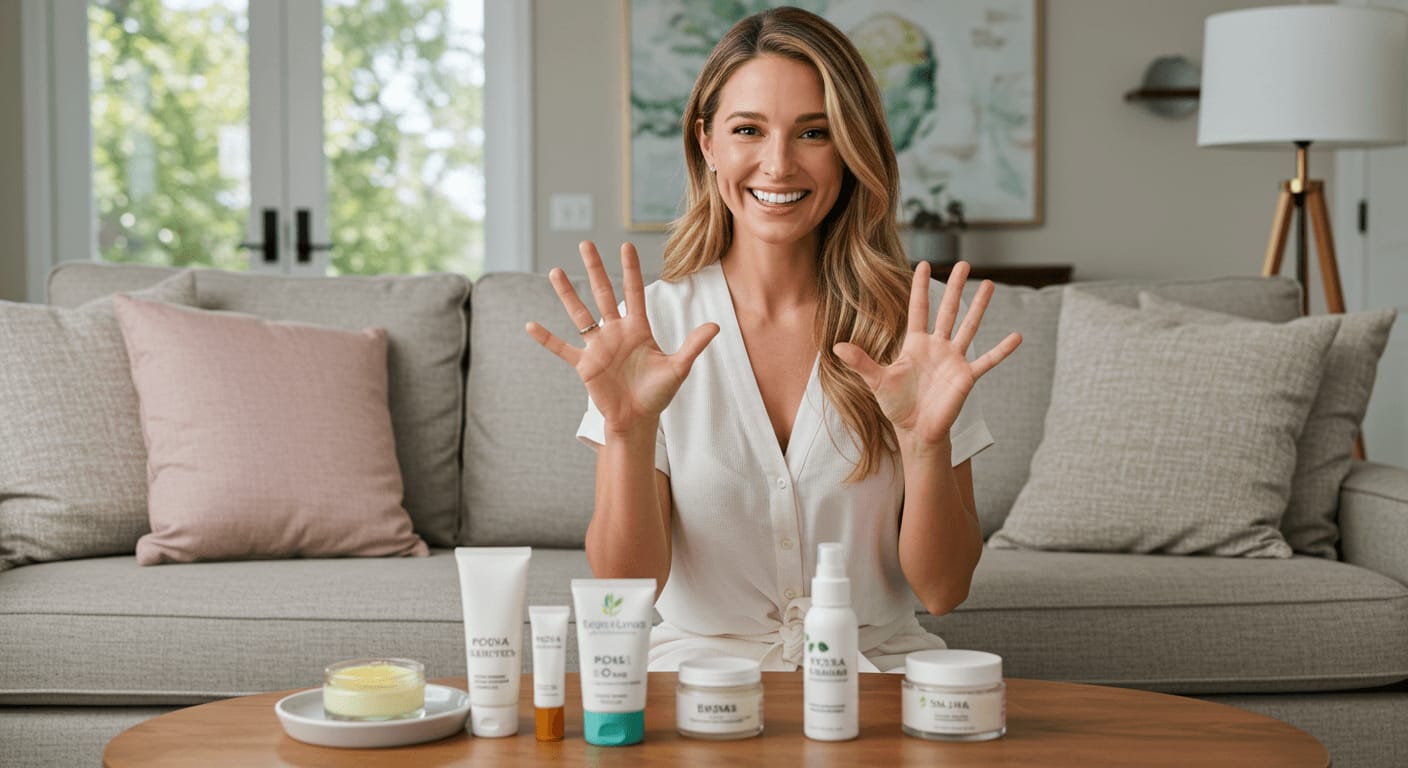





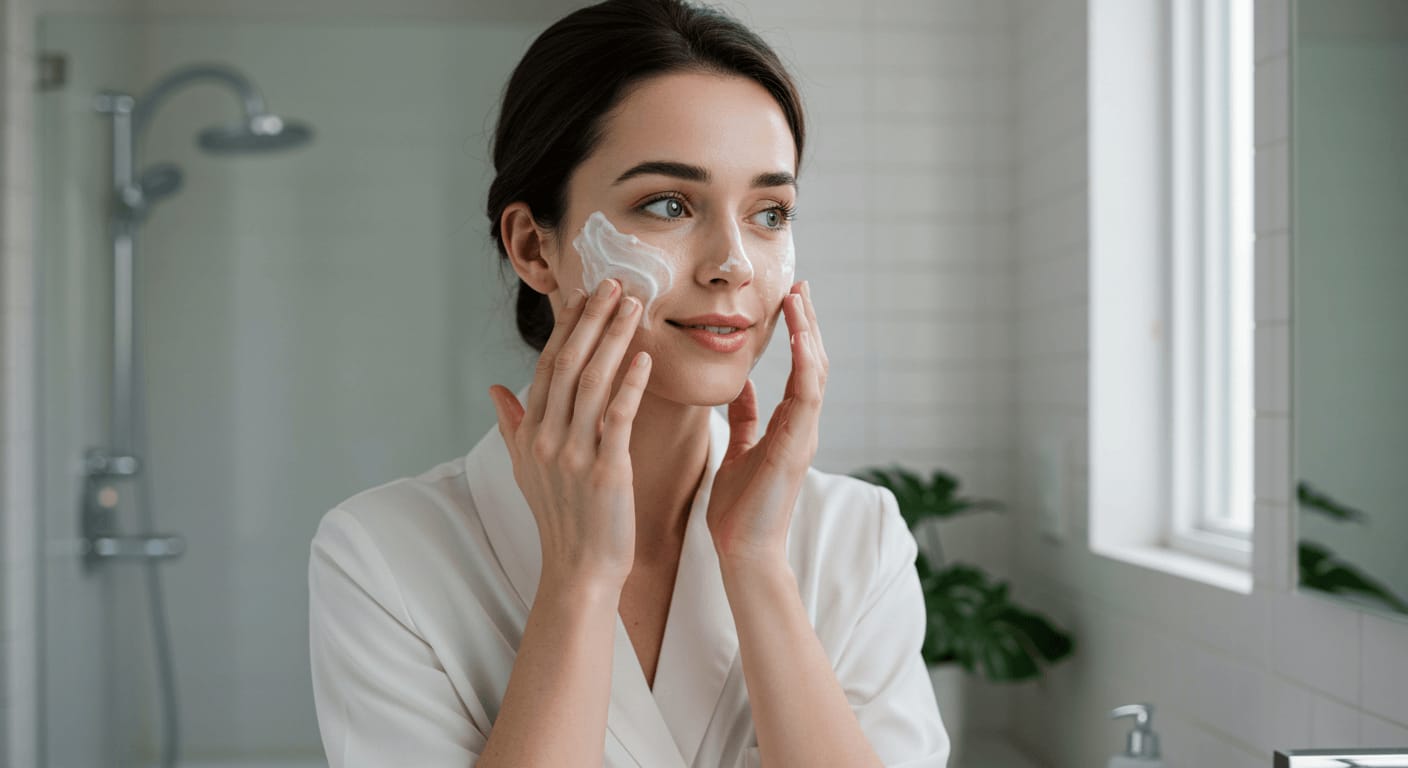








0 Comments